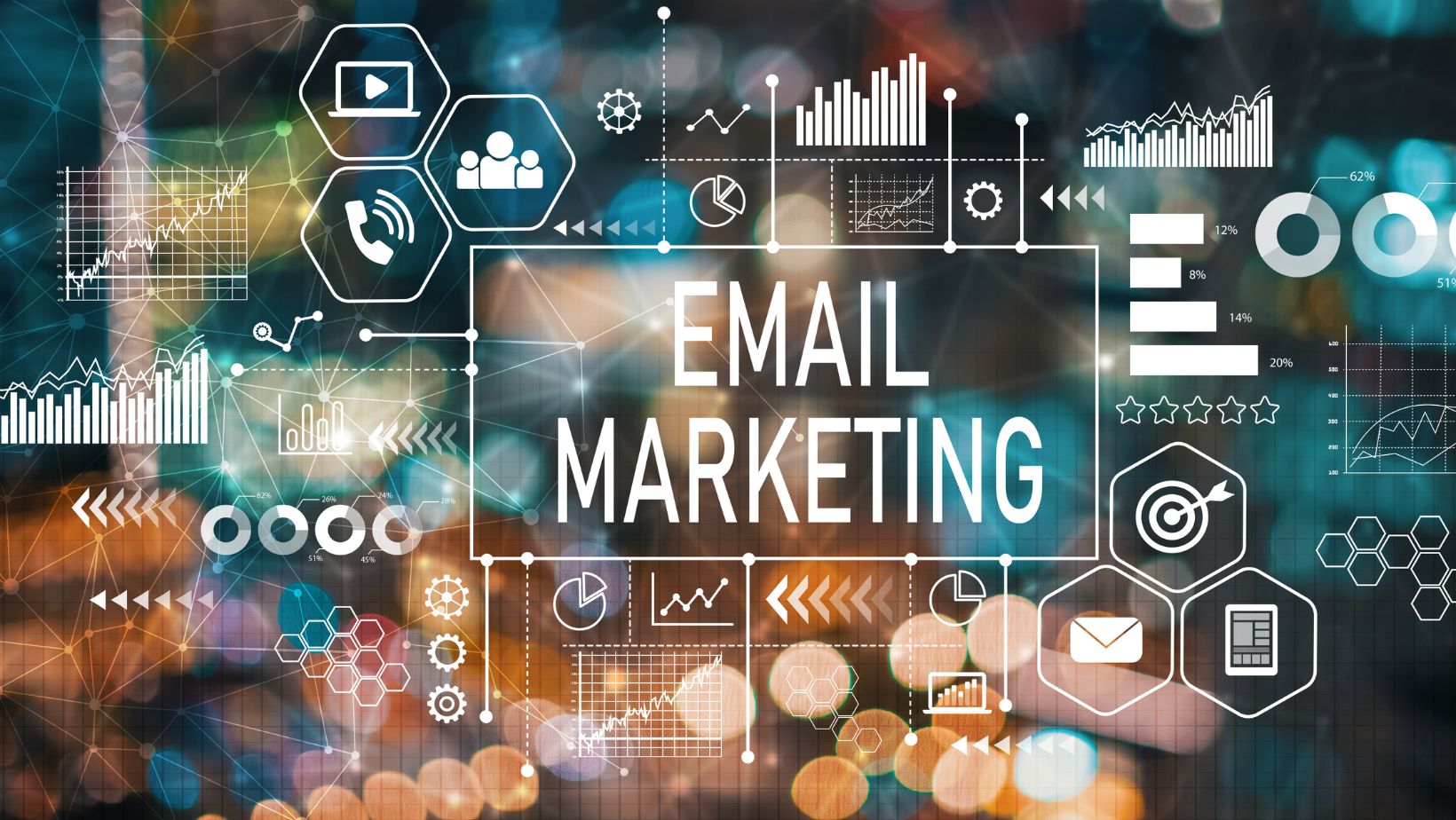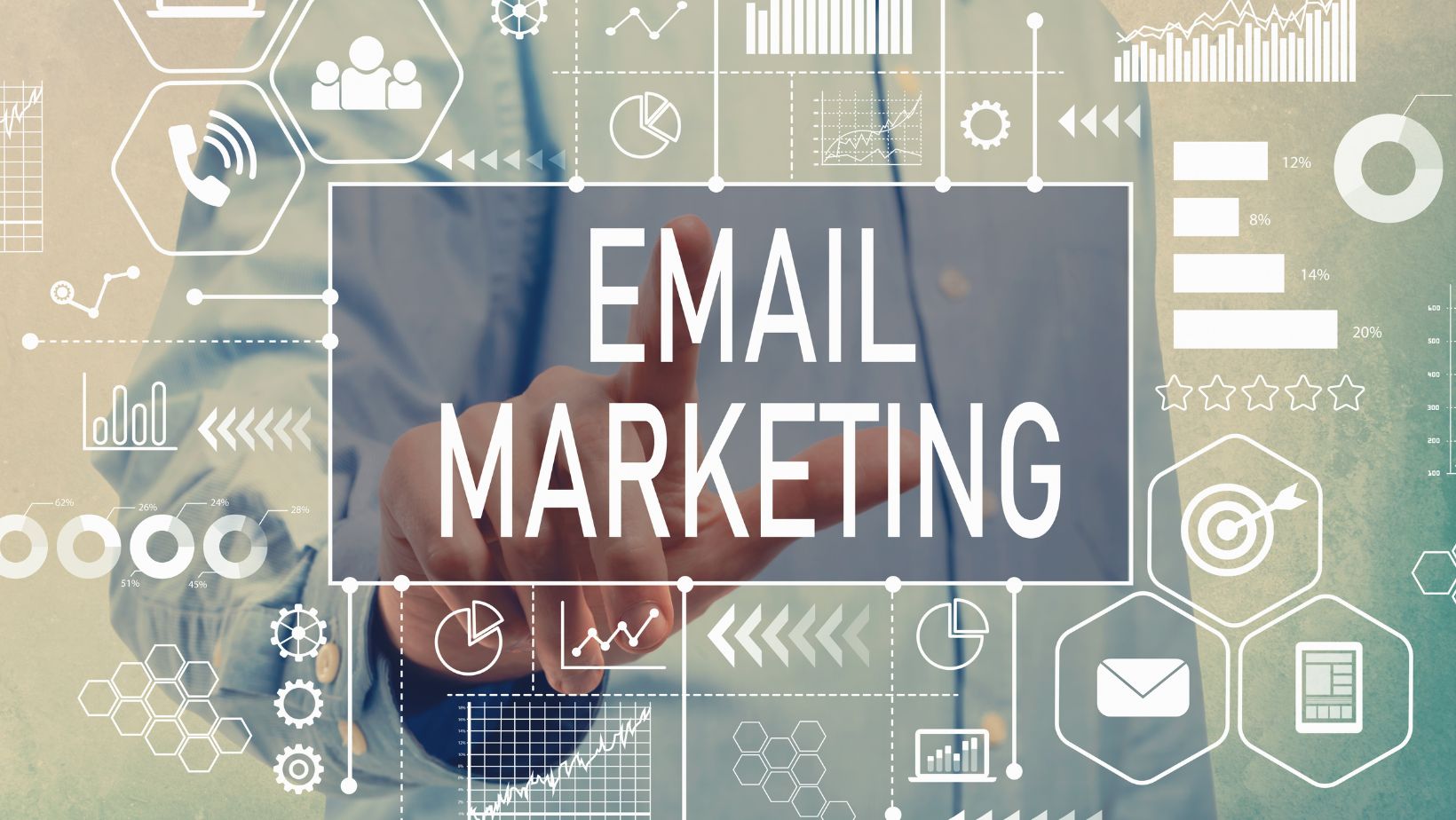
Email continues to be one of the best strategies for businesses to reach, engage, and retain their customers. But with the increasing competition, emails too are seeing a shift and it is more prominent amongst startups who are just getting started with building their customer base.
In this post, we’re going to share some email marketing strategies that will help you build a targeted subscriber list, create compelling content, and optimize the campaigns for maximum engagement.
Why is Email Marketing Important for Startups
While there are several channels and platforms that startups can use to reach their customers, here’s why emails are still an integral part of their growth strategy:
- Cost-effectiveness – According to multiple studies, the average ROI for email marketing is $36 for every $1 spent. In comparison to other channels, it has the highest ROI without significant upfront investment.
- Direct and personalized – Emails allow startups to communicate directly with their customers. The personalization helps tailor messages with ease, boosting engagement on campaigns.
- Audience ownership – When startups build an email list, they can reach their audience without having to worry about the changing algorithms of third-party platforms. This gives them better control over customer interactions.
- Builds trust – Consistent and value-driven emails help startups establish credibility. By keeping them informed and engaged, startups can nurture customer relationships to build loyalty.
- Conversions and sales – Emails allow startups to include clear call-to-action. Startups can drive targeted traffic to their websites and landing pages, boosting conversions and sales.
Email Marketing Strategies for Startups
While there is no one-size-fits-all approach, here are some strategies that will ensure email deliverability and drive higher engagement:
1. Build a Well-segmented Email List
Don’t just welcome subscribers; ensure you segment them right at the start of the journey. Here are a few best practices to follow:
- Identify your key audience segments and create different lead magnets/ offers for each.
- Structure out an assumed customer journey from the point of subscription to conversion.
- Create multiple entry points through strategic call-to-actions and sign-up forms across your website.

- Promote email subscriptions across other marketing channels including social media, WhatsApp, offline events, and more.
2. Create Value-first Content
Once you build out an email list, focus on delivering content that speaks to your audience. Here are some of our tips on creating content that engages your subscribers:
- Personalize your emails based on demographics, purchase history, engagement levels, interests, or preferences.
- Keep your email subject lines clear, concise, and relevant to the content of the email.
- Include content that offers value; it could include educational content like how-to guides, tips, updates on new products and services, exclusive offers or promotions, or even user-generated content like case studies and testimonials.
- Optimize your email content and design for easy mobile viewing. You want to ensure your content, media, and call-to-action buttons are easy to interact with.
3. A/B test, Analyze and Optimize Emails
Irrespective of the industry you’re in, always A/B tests the campaigns to experiment with different subject lines, email copies, CTA placement, design, sending times, and frequencies.
We recommend monitoring key metrics like open rate, click-through rate, conversion rate, bounce rate, deliverability, and engagement rate continually. This can help further understand what your audience expects from your business.
4. Automate Your Emails
Just like other platforms, the timing of your emails can make or break the campaign’s success.
Use automation to streamline the email campaigns and deliver timely, relevant messages as per the customer journey created.

This could include welcome emails, abandoned cart reminders, post-purchase follow-ups, re-engagement emails for inactive subscribers, or simple feedback requests.
5. Audit and Clean Your Email List
Create a regular cadence for maintaining a healthy email list. Monitor the responses to your email campaigns, and remove invalid or inactive addresses from the different segments set up.
This audit can also further help adhere to regulations like GDPR or CAN-SPAM that are focused on respecting the user’s privacy and preferences.
Conclusion
When strategized well, email marketing offers a great opportunity to startups for building stronger customer relationships.
The only thing one needs to remember is the importance of getting opt-ins before sending an email to a consumer and keeping your messages relevant to their journey.



